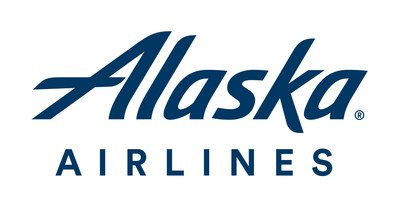
alaska logo
The August On-Time data has been published and we note that Alaska Airlines continues to struggle to integrate the Virgin America fleet. The following table lays out the case, showing the fleet breakdown and average arrival delays in minutes. The 2019 numbers are August YTD.
From the data its clear there seems to be a problem with the Airbus fleet and its on-time performance. The A321neo fleet is running arrival delays more than twice as much as the 737-900s. For some perspective take a look at the national averages of arrival times for Airbus single-aisle aircraft.
It appears that it is not only Alaska that is having challenges. When we take a look at the US Airbus A320neo family average arrival delays we see the following.
The next table shows the A320ceo family for average arrival delays.
Because we know you’re asking, this is what the Boeing single-aisle fleet looks like, including the MAX fleet. This is also average arrival delays in minutes.
What we see is that, generally, OEM does not seem to play a large role in on-time performance. For example, American’s fleet runs later than rivals regardless of OEM. Delta’s fleet has arrivals average within 5 minutes between OEMs. United also has a mixed fleet and their average arrival delays are also within 5 minutes.
The outlier is Alaska. For another perspective let’s take a look at how Virgin America did while it was in business. As the table shows, VA was doing a good job – especially as they learned to integrate the A321neo.
The question here is what happened to the Airbus operational lessons learned from the VA team? A follow-up question: is this extra time even important? The next chart tries to answer this. The size of the bubbles is based on the number of flights per type. The middle chart shows the relative costs of delayed arrivals graphically and the table provides the estimated values.
Answering the follow up question first: Using Form 41 we calculate that Alaska Airlines’ operational cost is $69 per minute as of June 2019. Alaska’s average flights arrive 10.9 minutes behind schedule. Through June the delayed arrivals, we estimate, cost over $132m in additional operational costs. Or about the cost of two A321neos. So, yes it is important to be on-time and meet schedule.
As to the first question, we don’t know how it seems the Airbus operational knowledge was lost. Recovering that knowledge is going to cost more money. We asked the airline for input and, as yet, have not received a reply.
Views: 0











